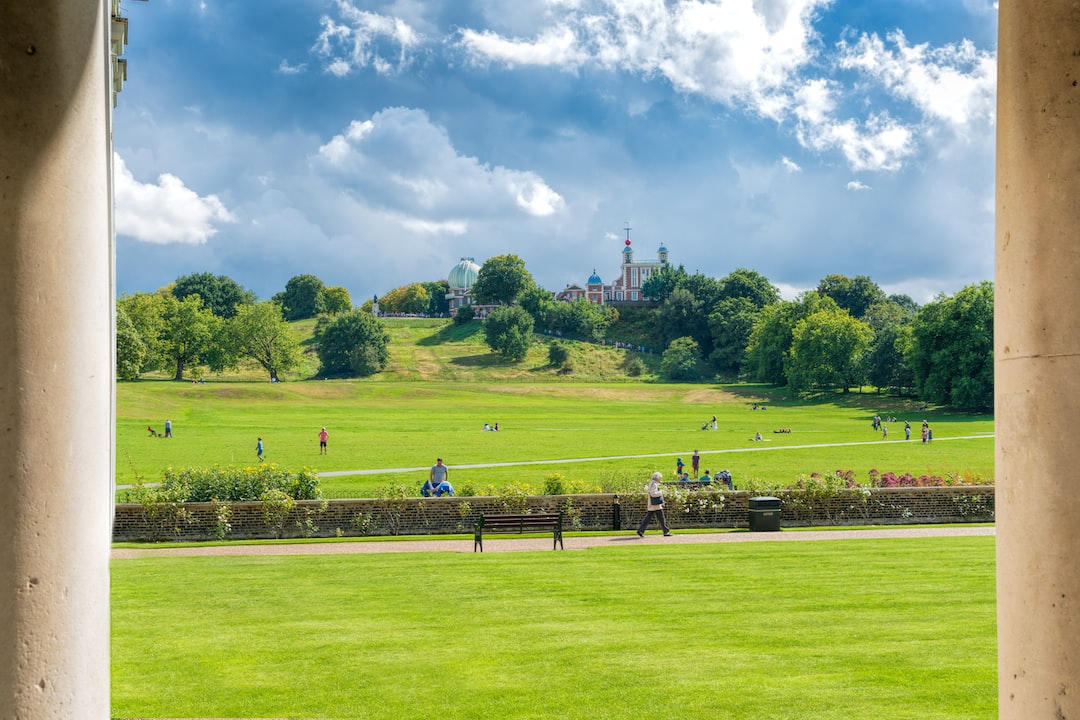Designing with Salvaged Bricks: A Look into the Timeless Appeal of Reclaimed Building Blocks
Salvaged architecture has gained significant popularity in recent years. With a growing emphasis on sustainability and the preservation of historical buildings, many architects and designers have turned to salvaged materials to create unique and environmentally-friendly structures. One such material that has stood the test of time is the salvaged brick.
Brick has been a staple in architecture for centuries, offering durability, versatility, and aesthetic appeal. However, in today’s disposable society, many older structures and their bricks often end up in landfills or get demolished to make way for new construction. This is where salvaged architecture comes into play, showcasing the timeless beauty and value of reclaimed building blocks.
One of the key reasons salvaged bricks are so sought after is their unique patina, which cannot be replicated by new bricks. Over time, bricks acquire a weathered and aged look that adds character and charm to any design. These reclaimed bricks bear the marks of history, with a rustic quality that tells a story of the past. Incorporating salvaged bricks into a contemporary design can provide a juxtaposition that is visually striking and creates a strong sense of nostalgia.
Salvaged bricks are not only visually appealing but also environmentally friendly. By repurposing and reusing these materials, architects and designers are able to reduce waste and minimize their carbon footprint. Instead of contributing to the demand for new bricks and the energy-intensive process of manufacturing them, salvaged bricks give new life to an otherwise discarded material.
In addition to their aesthetic and environmental benefits, salvaged bricks also offer practical advantages in terms of construction. These bricks have already been through the test of time and have proven their durability. They can withstand harsh weather conditions and have excellent thermal insulation properties, resulting in reduced energy consumption. Moreover, the irregular shapes and sizes of salvaged bricks add a level of authenticity to a design, bringing out a sense of craftsmanship and uniqueness that cannot be achieved with uniform new bricks.
Designers are discovering various ways to use salvaged bricks in their projects. Some choose to create accent walls or façades, adding a touch of history to modern designs. Others incorporate them into interior spaces, using them as flooring, fireplace surrounds, or even furniture pieces. In each application, salvaged bricks add a touch of warmth, character, and a sense of timelessness that cannot be achieved with any other material.
Salvaged architecture, particularly in the form of reclaimed bricks, reflects a growing appreciation for history, sustainability, and craftsmanship. By incorporating salvaged bricks into contemporary designs, architects and designers are able to create spaces that not only look and feel unique but also contribute to a more sustainable future, one brick at a time. So, let us embrace the timeless appeal of salvaged architecture and make it an integral part of our design philosophy.

